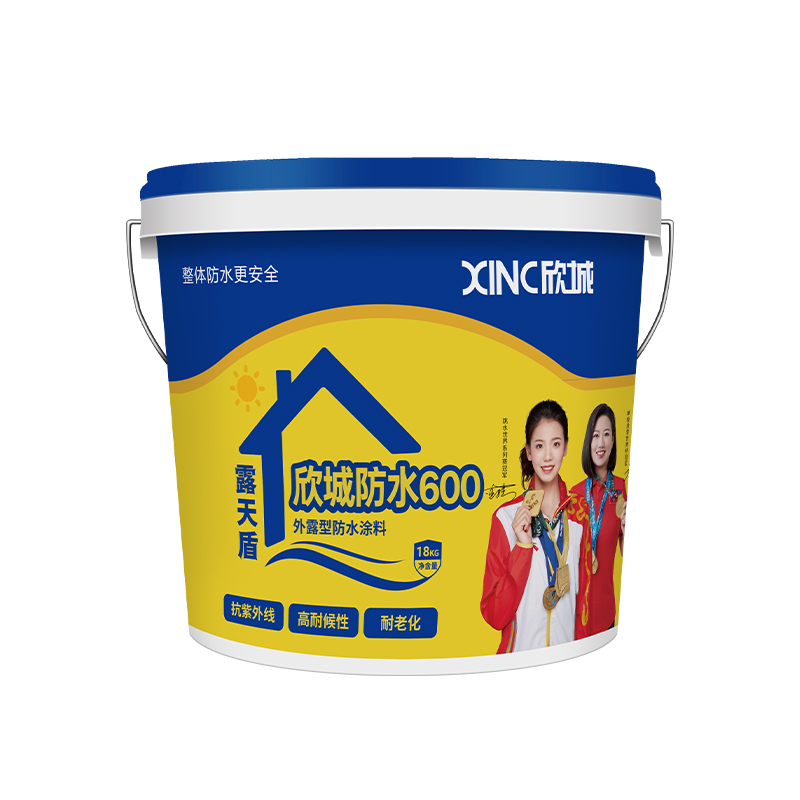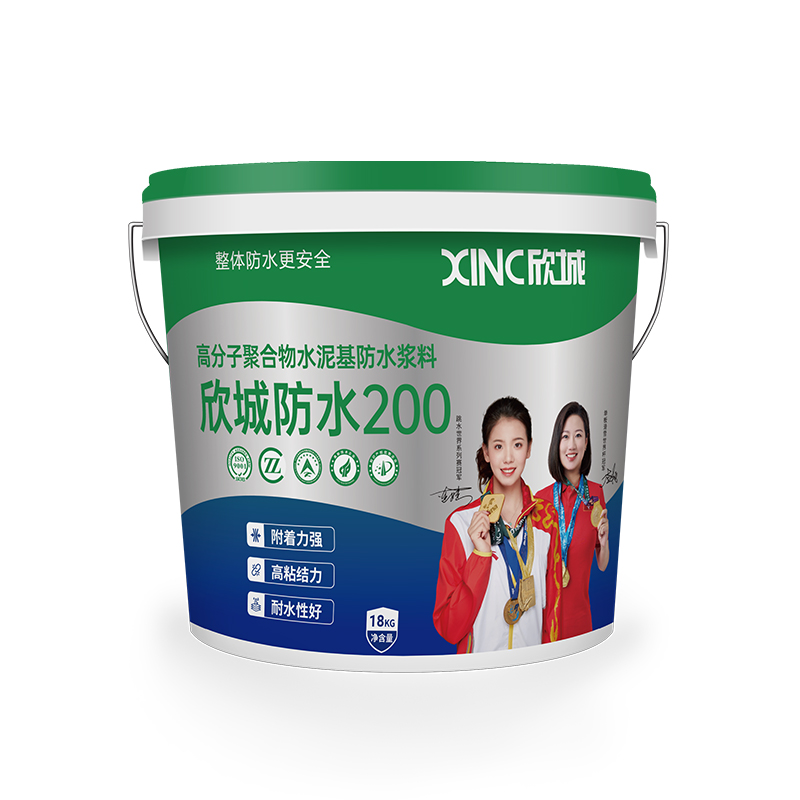Can TPO waterproof membrane become the future choice for green building waterproofing?
Release Time : 2025-11-12
With the construction industry's increasing demands for durability, environmental friendliness, and construction efficiency, traditional asphalt-based or PVC waterproofing materials are facing performance bottlenecks and sustainable development challenges. TPO waterproof membrane, as a new generation of polymer waterproofing material, has rapidly become the preferred solution for roofing, underground engineering, and various modern building waterproofing systems due to its superior weather resistance, weldability, environmental properties, and full life-cycle reliability. It is not merely a covering, but a crucial barrier for buildings to resist water intrusion, extend their lifespan, and implement green principles.
The core advantage of TPO waterproof membrane stems from its unique molecular structure and formulation design. Using ethylene-propylene rubber as the matrix and polypropylene as the reinforcing phase, a "plastic phase encapsulating a rubber phase" microstructure is formed through dynamic vulcanization or blending processes, giving it both the high elasticity of rubber and the thermoplastic processability of plastics. Furthermore, the addition of highly effective antioxidants, UV absorbers, and light stabilizers significantly enhances the material's anti-aging ability under long-term sun and rain exposure. After 5000 hours of accelerated aging testing, the tensile strength and elongation at break retain over 80%, ensuring a service life of over 20 years, far exceeding traditional materials.
In terms of construction and connection performance, TPO exhibits revolutionary convenience and reliability. Its seams utilize hot air welding technology, fusing adjacent membrane edges into a continuous waterproof layer of the same material as the base material. The weld strength can reach over 90% of the base material, completely eliminating the risk of leakage at overlaps. Compared to SBS membranes requiring open flame application or PVC using adhesives, TPO welding is flameless and solvent-free, offering high safety and meeting green construction standards. Membrane widths of 1 meter or 2.1 meters significantly reduce the number of seams; standard thicknesses of 1.2mm or 1.5mm balance economy and durability, suitable for various applications such as flat roofs, green roofs, and basement slabs.
Environmental performance is another outstanding feature of TPO waterproof membranes. The material itself contains no plasticizers, chlorine, or heavy metals, and releases no toxic gases during production and use. It is recyclable after disposal and meets international green building certification requirements such as LEED and BREEAM. Its white or light-colored surface has high solar reflectivity (SRI value > 80), effectively reducing roof temperature, decreasing building cooling energy consumption, and helping to mitigate the urban heat island effect. Some products have even obtained GREENGUARD indoor air quality certification, making them suitable for public buildings such as hospitals and schools with stringent environmental requirements.
In terms of physical properties, TPO waterproof membrane exhibits excellent overall balance. It maintains its flexibility even at -40℃ without cracking, making it suitable for extremely cold regions; it has high puncture and tear resistance, able to withstand construction loads and subsequent foot traffic; its dense and smooth surface does not easily accumulate dust or promote algae growth, maintaining good drainage performance over the long term. Even at complex points (such as parapet walls and pipe roots), with the help of specialized accessories and detailing systems, it can achieve complete sealing protection.
Furthermore, the TPO system offers excellent economic efficiency and lifecycle value. While the initial material cost is slightly higher than ordinary roofing membranes, their extended lifespan, low maintenance requirements, energy-saving benefits, and faster construction time significantly reduce overall costs. Single-ply roofing systems simplify structural layers, reduce structural loads, and further optimize overall building costs.
In conclusion, TPO waterproof membranes are not merely functional building materials, but also the material embodiment of green, intelligent, and durable building concepts. They resist wind and rain with their thermoplastic toughness, reflect the scorching sun with their clean surface, and protect building safety with their seamless joints. When a TPO membrane is laid out on a roof, beneath its silvery-white or light gray surface lies modern architecture's firm commitment to a sustainable future—this seemingly thin polymer membrane is actually the invisible backbone of a century-old, safe home.
The core advantage of TPO waterproof membrane stems from its unique molecular structure and formulation design. Using ethylene-propylene rubber as the matrix and polypropylene as the reinforcing phase, a "plastic phase encapsulating a rubber phase" microstructure is formed through dynamic vulcanization or blending processes, giving it both the high elasticity of rubber and the thermoplastic processability of plastics. Furthermore, the addition of highly effective antioxidants, UV absorbers, and light stabilizers significantly enhances the material's anti-aging ability under long-term sun and rain exposure. After 5000 hours of accelerated aging testing, the tensile strength and elongation at break retain over 80%, ensuring a service life of over 20 years, far exceeding traditional materials.
In terms of construction and connection performance, TPO exhibits revolutionary convenience and reliability. Its seams utilize hot air welding technology, fusing adjacent membrane edges into a continuous waterproof layer of the same material as the base material. The weld strength can reach over 90% of the base material, completely eliminating the risk of leakage at overlaps. Compared to SBS membranes requiring open flame application or PVC using adhesives, TPO welding is flameless and solvent-free, offering high safety and meeting green construction standards. Membrane widths of 1 meter or 2.1 meters significantly reduce the number of seams; standard thicknesses of 1.2mm or 1.5mm balance economy and durability, suitable for various applications such as flat roofs, green roofs, and basement slabs.
Environmental performance is another outstanding feature of TPO waterproof membranes. The material itself contains no plasticizers, chlorine, or heavy metals, and releases no toxic gases during production and use. It is recyclable after disposal and meets international green building certification requirements such as LEED and BREEAM. Its white or light-colored surface has high solar reflectivity (SRI value > 80), effectively reducing roof temperature, decreasing building cooling energy consumption, and helping to mitigate the urban heat island effect. Some products have even obtained GREENGUARD indoor air quality certification, making them suitable for public buildings such as hospitals and schools with stringent environmental requirements.
In terms of physical properties, TPO waterproof membrane exhibits excellent overall balance. It maintains its flexibility even at -40℃ without cracking, making it suitable for extremely cold regions; it has high puncture and tear resistance, able to withstand construction loads and subsequent foot traffic; its dense and smooth surface does not easily accumulate dust or promote algae growth, maintaining good drainage performance over the long term. Even at complex points (such as parapet walls and pipe roots), with the help of specialized accessories and detailing systems, it can achieve complete sealing protection.
Furthermore, the TPO system offers excellent economic efficiency and lifecycle value. While the initial material cost is slightly higher than ordinary roofing membranes, their extended lifespan, low maintenance requirements, energy-saving benefits, and faster construction time significantly reduce overall costs. Single-ply roofing systems simplify structural layers, reduce structural loads, and further optimize overall building costs.
In conclusion, TPO waterproof membranes are not merely functional building materials, but also the material embodiment of green, intelligent, and durable building concepts. They resist wind and rain with their thermoplastic toughness, reflect the scorching sun with their clean surface, and protect building safety with their seamless joints. When a TPO membrane is laid out on a roof, beneath its silvery-white or light gray surface lies modern architecture's firm commitment to a sustainable future—this seemingly thin polymer membrane is actually the invisible backbone of a century-old, safe home.







